How do you know if you’re in good shape? Running a few times a week or hitting the gym consistently is a great start, but it doesn’t always tell the whole story. Proper fitness goes beyond reps, miles, or calories burned. It comes down to how well your body performs under pressure. Can you remain strong, stable, and controlled when it matters most?
That’s where isometric holds come in. These static positions challenge your strength, stability, balance, and muscular endurance simultaneously. Unlike fast-paced workouts, they strip away momentum and force your body to work harder just to stay still. Their positions demand total-body control, and they expose weak links you might otherwise overlook.
If you can hold all three of the positions below for a meaningful amount of time, it’s a clear sign that your body is strong, balanced, and well-conditioned. You’ll have the endurance to handle everyday tasks, the coordination to stay injury-free, and the physical resilience that often separates the fit from the average, especially as you age.
3 Fitness Holds That Prove You’re in Great Shape
90-Degree Wall Sit


The 90-degree wall sit is a brutal yet practical test of lower-body endurance, joint integrity, and mental toughness. Your body weight becomes the resistance as you train muscular stamina, postural control, and tendon resilience. If you can hold this position for a long time, it shows your quads, glutes, and core can support your body without shifting or collapsing.
Muscles Involved: Quadriceps, Glutes, Hamstrings, Core (primarily lower abdominals)
How to Do It:
- Find a flat wall and stand with your back against it.
- Slide your back down until your hips align with your knees at a 90-degree angle.
- Keep your feet flat and shoulder-width apart, with knees directly over your ankles.
- Press your lower back into the wall and tighten your core.
- Hold this position without using your hands for support.
Score Ranking:
- Below Average: Less than 30 seconds
- Average: 30 to 60 seconds
- Great: Over 60 seconds
Single-Leg Balance


Your ability to balance on one leg reflects the strength and stability of your entire lower kinetic chain. It’s also a proven predictor of fall risk and injury potential as you age. A strong balance means that your ankles, hips, and core are working together effectively, allowing for improved proprioception, joint coordination, and total-body awareness.
Muscles Involved: Glute medius and minimus, Ankle stabilizers, Hamstrings, Quadriceps, Calves, Core.
How to Do It:
- Stand tall with your feet hip-width apart and arms at your sides.
- Shift your weight onto one leg without leaning or twisting.
- Lift the opposite foot a few inches off the ground.
- Keep your hips level and spine tall.
- Hold this position without letting your raised foot touch the ground.
Score Ranking:
- Below Average: Less than 10 seconds
- Average: 10 to 30 seconds
- Great: Over 30 seconds (per leg)
Plank (Straight Arm)


A straight-arm plank builds total-body tension and control. It challenges your shoulders, core, and hips to stay aligned while resisting gravity. This hold assesses whether you have the core strength to support your spine, the shoulder stability to bear your body weight, and the muscular endurance to stay locked in. It’s an underrated test of both fitness and injury resistance.
Muscles Involved: Abdominals (rectus abdominis and transverse abdominis), Obliques, Shoulders, Glutes, Lower back
How to Do It:
- Place your hands directly under your shoulders with arms fully extended.
- Extend your legs behind you and press your toes into the ground.
- Form a straight line from your head to your heels.
- Squeeze your glutes, tighten your core, and avoid sagging or arching.
- Hold this position while breathing steadily.
Score Ranking:
- Below Average: Less than 20 seconds
- Average: 20 to 60 seconds
- Great: Over 60 seconds
How to Improve Your Score


Struggling to hit the “great” score in one or more of these positions? Don’t sweat it. Each of these holds can improve quickly with innovative, consistent practice. Build your foundation, stay consistent, and utilize these actionable tips to elevate your performance.
90-Degree Wall Sit (Straight Arm)


- Train with intervals: Start with sets of 20 to 30 seconds of work followed by 10 to 20 seconds of rest. Rest for 30 seconds, then repeat for three to five rounds.
- Add pulses or weights: Hold a light dumbbell or add small up-and-down pulses to increase the burn and boost endurance.
- Strengthen your quads and glutes: Incorporate squats, lunges, glute bridges, and step-ups into your lower-body workouts.
Single-Leg Balance (Straight Arm)


- Practice barefoot: Ditch your shoes to activate more foot and ankle stabilizers.
- Add movement: Try balancing while reaching forward, to the side, or behind you with the opposite foot to challenge your stability.
- Strengthen weak links: Add single-leg RDLs, side leg lifts, and monster walks to strengthen glutes, hips, and ankles.
Plank (Straight Arm) (Straight Arm)


- Use shorter sets with tight form: Focus on perfect technique for 20 to 30 seconds, and repeat for multiple rounds.
- Squeeze everything: Actively engage your glutes, thighs, and core during each hold. Tension builds strength.
- Incorporate core-focused movements: Add exercises like dead bugs, bird dogs, hollow holds, and mountain climbers to enhance core stability and control.

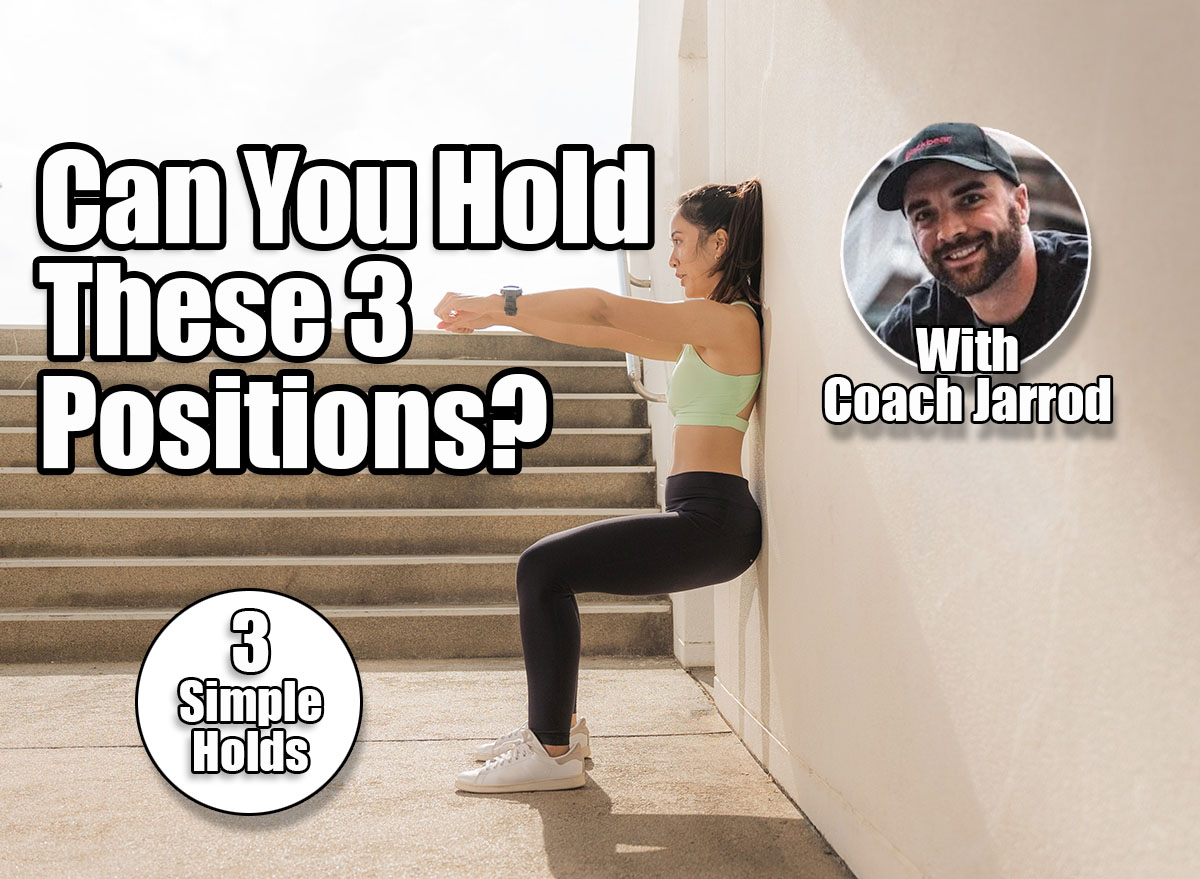


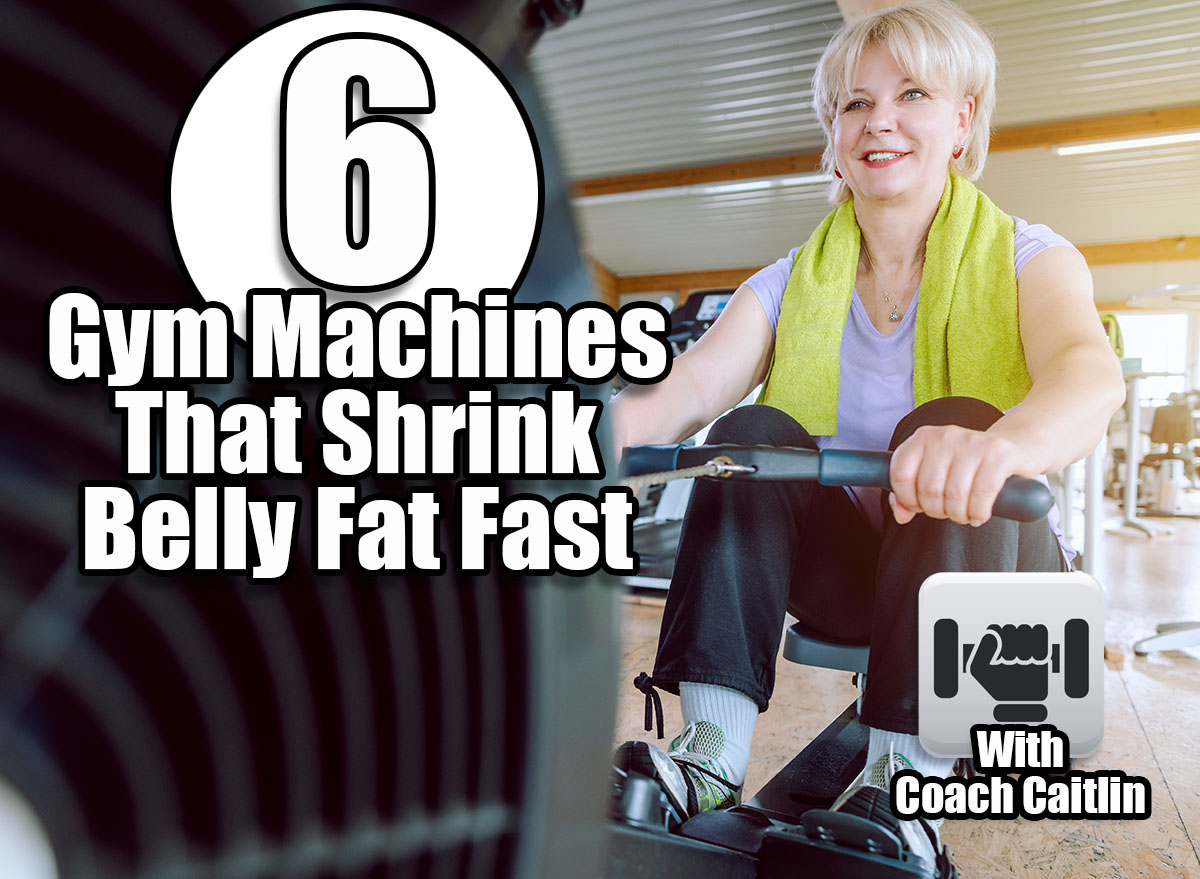


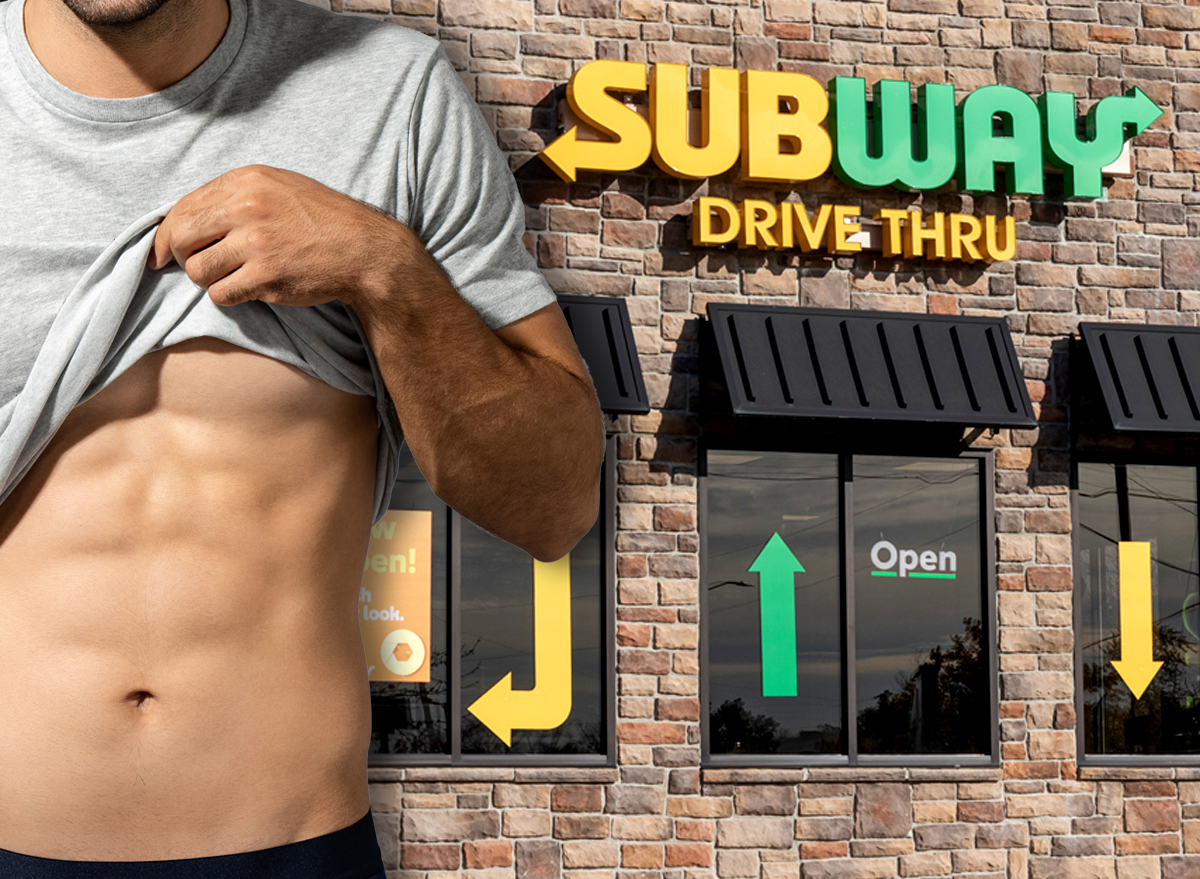

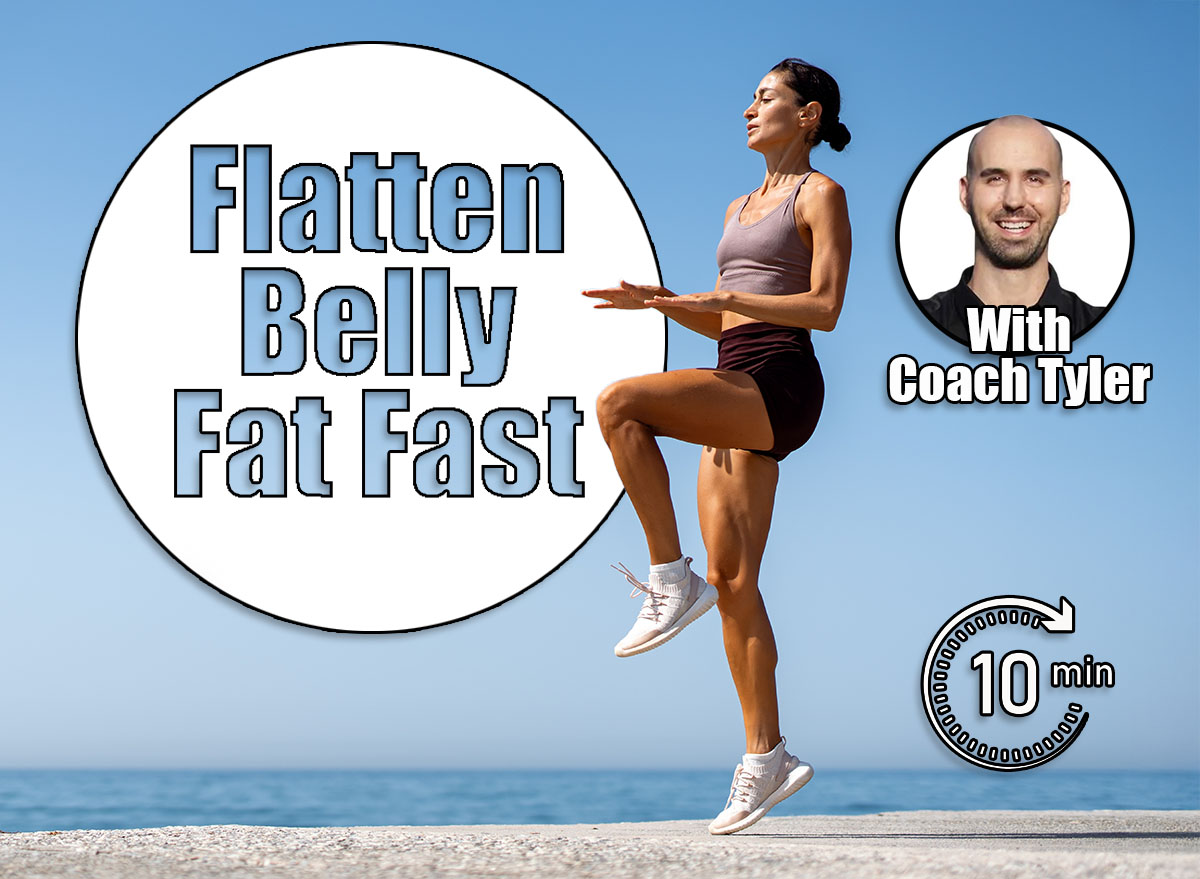


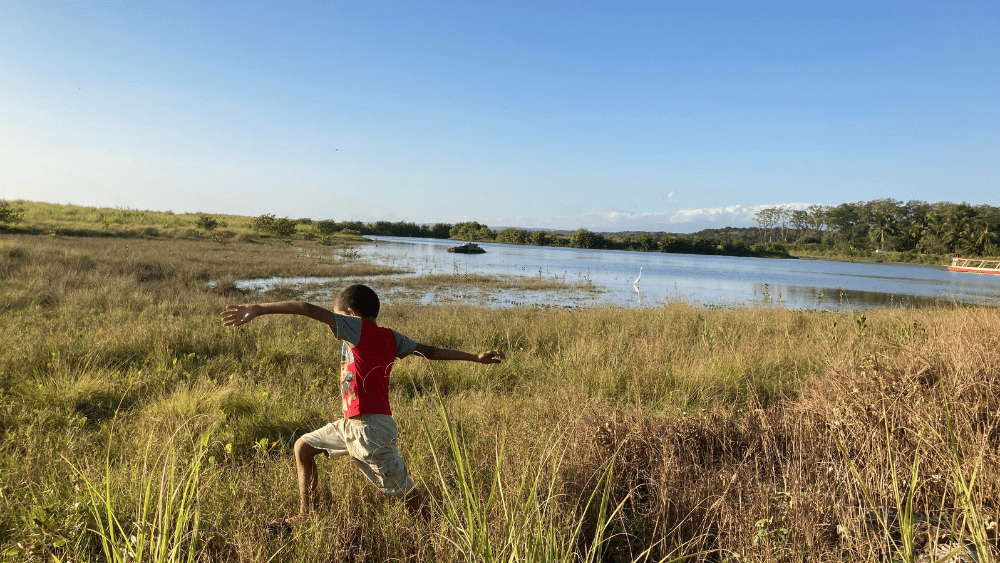
Leave a Reply